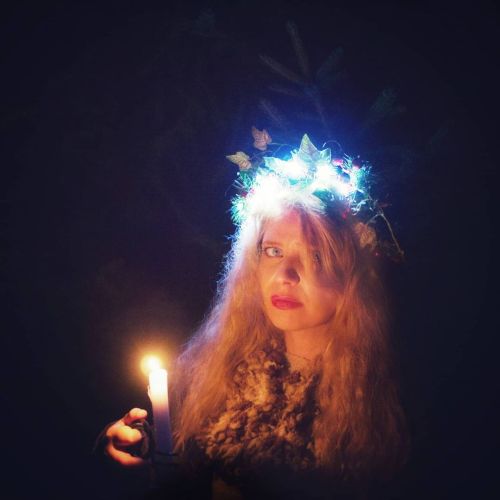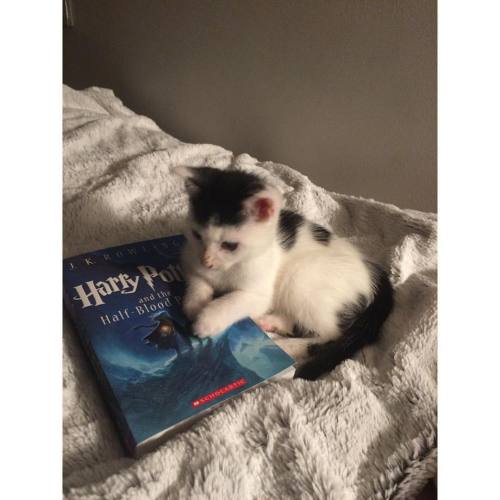#winternights
Long Winter Nights
#yule is approaching
Remember the longest darkest night also marks the moment the light starts to return
So Winter, the so called Dark Season is the bringer of Light
#winterishere #wintermood #yuletide #yule #decemberchild #candlelight #winternights #moodygrams
https://www.instagram.com/p/CIgu89SniEn/?igshid=1r168wmkhq7vk
Post link
Even marco loves Harry Potter #goodvibes #goodnight #latergram #kitten #harrypotter #catsofinstagram #love #cute #winternights
Post link
ᚢᛁᛏᚱᚾᛅᛏᛦ

The next festival on the Old Norse and Old Icelandic calendars is Vetrnætr, or Winternights. Beginning on the full moon following the first new moon after the autumnal equinox and lasting for three nights, this year it runs Oct 20-22. This is reckoned using the lunar system as Andreas Nordberg describes, but there was also a week-counting system at the time which would put it about 26 weeks after the start of summer.
It marks the transition from summer to winter, along with the beginning of the first winter month, Gormánuðr (Innards/Slaughter Month). Vetrnætr and associated practices are attested in several primary sources, most directly in Ynglinga Saga (alongside Jól/Midwinter and Sigrblót) but also in Víga-Glúms Saga,Egils saga Skallagrímssonar, Gísla saga SúrssonarandAustrfaravísur. Several deities and groups of beings are mentioned or implied as being offered to, including Freyr; Óðinn; the dísir (Dísablót) and the álfar (Álfablót).

The reference to the honoring of Freyr comes from Gísla saga Súrssonar when Þorgrímr says that they will be performing a sacrifice to Freyr during the autumnal blót. Since Freyr is also known as the lord of the álfar this could lend support to the connection between them and Winter Nights, but that is in no way certain from this reference alone, and by itself would be purely conjecture.

However, there is a clear reference in support of their being honored at this time, at least regionally, and that comes from Sweden. In the skaldic poem Austrfararvísur, Sigvatr Þórðarson journeys to Sweden in the service of King Olaf II in Norway at the onset of winter. When he comes to a place known as Hof he seeks a place to stay. However, he is turned away at several different houses, each time by a man named Ölvir. He is told that the people there are heathen and are performing a sacrifice to the álfar, and that they also fear Óðinn’s wrath should they allow the ceremony to be interrupted by outsiders.

The account given in Austrfararvísur does not explicitly state that Óðinn was honored at that time, but it certainly carries a heavy implication of it. Whether this was a general fear of his wrath for violating the apparent custom of secrecy or specifically regarding a rite at least partially in his honor is unclear, but at the very least the people there seemed quite wary of angering him.

Lastly, the reference in Egil’s Saga says that Egil and and Ölvir are first denied ale when they travel to the home of Barð because it is being used for the Dísablót.
Details are fairly vague about specific practices during the time of Vetrnætr, and appear to have varied quite a bit regionally. This is demonstrated by the account of Álfablót happening in Sweden while Dísablót occurred in Iceland and probably Norway. In Sweden, Dísablót took place in late winter.

One thing mentioned that seems to have been commonplace, though, is the offering of ale, likely aided by a recent harvest of barley. The account in Austrfararvísur gives a possible reference to ale being used as an offering; because the man who turns away Sigvatr at every house is called Ölvir, it has been interpreted as possibly being a title rather than an actual name, meaning “Ale Being.” Similarly, the Egils Saga reference clearly contains ale being used as an offering during a religious ceremony.
Additionally, this was the time to slaughter livestock that would not be kept through the winter since the colder weather would now allow meat to keep longer without spoiling, and this practice was likely incorporated into Vetrnætr celebrations.
In the somewhat later primstav system this point was standardized to Oct 14th by our modern Gregorian calendar, so either of these times is pretty valid for observing the start of winter. In any case, summer is quickly coming to a close!
References
Snorri Sturlusson. Heimskringla. (New York: Dover Publications, 1990).
Nordberg, Andreas. Jul, disting och förkyrklig tideräkning: Kalendrar och kalendariska riter i det förkristna Norden. (Uppsala, 2006). Available from: http://www.kgaa.nu/upload/books/103.pdf
Thorsson, Örnólfur et al. The Sagas of Icelanders. (New York: Viking Penguin, 2000).
Vinternettene - Winternights
October 14th
It is customary that every year at sundown on 14th October, heathens will celebrate vinternettene (winternights), also known as høstblot (autumn blot), vinterdag (winter day) or vinternatt (winter night).
14th October was the day that Scandinavians would turn over their primstav to mark the beginning of the winter half of the year and welcome the cold weather returning, a tradition that pre-dates Christianity in Scandinavia. Marked with the symbol of a mitten (as it was customary to knit new mittens for the coming cold weather), it is also said that the weather on vinternettene will be a signal of the weather for the coming winter.
The sacrificial blot accompanying this was usually dedicated to Frøy (Freyr), alver (elves) and the diser (disir). Asking that Frøy will return swiftly to sow the seeds of rebirth and that we make it safely through the coming cold and snow.
Til års og fred!
Post link






